
Carnation: planting advice, care, sowing
Contents
The Dianthus in a few words
- Whether perennial or annual, the carnation is a prolific flowering plant with a delightful fragrance
- Its single or double flowers, in a wide range of colours, emit an intense clove-like scent
- A quintessential plant for dry and natural gardens, it blooms equally well in flowerbed borders and containers from spring until late summer
- It reigns supreme as the king of cut flowers and rustic bouquets
- Easy-going and undemanding, it thrives in sunny spots with well-drained soil, even in chalky conditions
Our expert's advice
With its exquisite flowers and sweet, spicy fragrance, whether it’s the Carnation of florists or Chabaud, Pink, Sweet William, or even Rock Pink, the Dianthus is an essential flower in both traditional and wild gardens. This timeless emblem of our grandmothers’ gardens, with its simple beauty, has a place in every garden. It thrives in naturalistic gardens as well as vegetable plots for its cut flowers, summer flower beds, and lush mixed borders. Easy to grow, hardy, and versatile, its rustic charm lightens perennial beds. Dwarf varieties brighten rockeries or sunny slopes and planters, bringing poetry, mystery, and lightness. Whether single-coloured or bicoloured, subtle or vibrant, cushion-flowered or bushy perennial, the Dianthus belongs to a highly diverse family with an endless array of colours and sizes, offering limitless choices to gardeners. Ruby red, lavender pink, pure white, or primrose yellow—its single or fully double flowers, resembling frilled pompons or delicate inflorescences—bloom from spring to late summer, sometimes continuously, and create charming rustic bouquets.
From Sweet William to Chinese Pink, including the Pink and the Carthusian Pink, explore the different species of pinks we offer in our collections.
Botany
Botanical data
- Latin name Dianthus
- Family Caryophyllaceae
- Common name Carnation, Pink
- Flowering from April-May until autumn
- Height 0.20 to 80 cm
- Exposure Full sun
- Soil type Stony, Chalky, neutral
- Hardiness -15°C for tall species, down to -20° for dwarf pinks
Native to the mountains and dry meadows of Asia and Europe, the carnation or Dianthus, meaning “Flower of God”, belongs to the very large Caryophyllaceae family. Some species like the Carthusian Pink (Dianthus carthusianorum) are found naturally in France, on chalk grasslands, rocky slopes and in open woodlands. Although carnations bear a vague resemblance to marigolds (Tagetes), they do not belong to the same botanical family. The Dianthus genus includes around 300 perennial species, including florist’s carnations (remontant or not), old-fashioned and modern cottage pinks (Dianthus plumarius), rockery pinks, annual varieties like Chinese pinks (Dianthus chinensis) and biennials like the famous Dianthus barbatus or Sweet William. Not to mention the thousands of horticultural varieties obtained through successive hybridisations! This diverse family includes both tall and short species, offering a wide variety of sizes, shapes and colours.
All develop from a branching, sometimes woody base that spreads over the years via underground buds to form dense, floriferous clumps, with each node producing new branches.
While carnation growth is relatively fast, their longevity varies depending on soil conditions – they may live for decades in poor, well-drained soils, but only a few years in rich soils. However, they can persist for a long time in gardens.
Indeed, some like Sweet William self-seed spontaneously when faded flowers are not removed. Propagation by cuttings allows new plants to be produced each year, ensuring the continuation of these short-lived perennials!
The habit of Dianthus varies by species: open and rounded, compact for some, forming grassy cushions or tall stems bending under the weight of flowers for others. The tallest carnations may reach nearly a metre, intermediate species 30-60 cm in height with similar spread, while dwarf pinks won’t exceed 10-20 cm in height.
Stems are very short and dense in ground-covering or clump-forming species, but longer and more rigid or slender in border perennials, sometimes requiring discreet staking. The leaves (those of dwarf pinks measure 1-5 cm long, others 5-13 cm) of all Dianthus species and cultivars are opposite, lanceolate or linear, mostly pointed and often grey-blue or grey-green. Dianthus barbatus has more vigorous mid-green to dark bronze-green foliage. The silvery, fine foliage of many Dianthus adds extra charm to the plant. Evergreen in perennials, it remains attractive even in winter, forming beautiful bushy clumps from which flowers emerge in fine weather – the true appeal of this herbaceous perennial.
Whether perennial or annual, from April to September depending on variety (sometimes until frost), Dianthus offers generous, usually fragrant flowering.
Carnations may be single or multi-flowered. Flower stems rise 20 cm to 1 m, bearing large flower buds that open into small solitary flowers (1-13 cm diameter) or clustered together in terminal umbels or cymes up to 15 cm across. In Dianthus barbatus, they form dense clusters of small single carnations. Each carnation flower has a tubular base enclosing the calyx. Flower form varies greatly – simple with 5 petals, semi-double or very double with 50-60 petals, more or less frilly, resembling lace pompons. Petals may be rounded, ruffled, bearded, delicately serrated or deeply fringed. Flowers of Dianthus superbus or Fringed Pink are distinctive, with five petals divided into narrow, uneven strips giving the inflorescences a slightly tousled appearance. Colours range from pure white to ruby red, cream to yellow through all shades of pink, from pearly to intense violet. Sometimes bicoloured, the flowers offer more or less contrasting effects. Carnations are distinguished by their flower colours: plain, bicoloured, edged with a fine border on each petal, fanciful with contrasting streaks or spots on the background colour, and nuanced where the petal claws echo the edge colour.
Old-fashioned cottage pinks (Dianthus plumarius) have relatively brief flowering, blooming in June or mid-summer for two to three weeks. Some like florist’s carnations and modern cottage pinks offer much longer remontant flowering lasting all summer and into autumn, occurring in two or three waves. Regular, moderate deadheading encourages repeat flowering.
Perfect as cut flowers, carnations last very well in vases and make lovely, fragrant summer country bouquets that last nearly two weeks.
The flowers exude a delicious, powerful spicy fragrance reminiscent of cloves. Nectar-rich and very airy, they are highly attractive to pollinating insects.
After flowering, they produce capsules containing numerous seeds.
Despite its delicate appearance, the carnation combines vigour with frugality. It’s a sturdy, trouble-free plant requiring little maintenance. While some are more tender and frost-sensitive, carnations are generally very hardy, with dwarf varieties sometimes surviving below -15°C. Most carnations are compact and vigorous, growing throughout France, flowering tirelessly from spring until frost, indifferent to heavy rain or drought.
Carnations are remarkably floriferous when planted in full sun in an open position. Easy to grow, they thrive in chalky, dry soils but tolerate all poor, neutral or even slightly acid soils provided they are well-drained. They grow well in stony, sandy soil. They withstand summer drought but dislike winter or summer wet. In rich soil, they may grow more vigorously.
A staple of naturalistic gardens, carnations are versatile flowering plants suitable for many situations. They add colour, texture and lightness to borders, rockeries and mixed plantings, as well as flowering containers. They also deserve a place in the vegetable garden’s cutting flower patch. While Dianthus can be grown singly, they’re best planted in groups at the front or middle of sunny borders, combined with grasses or other vigorous perennials. In borders, plant tall carnations en masse to create colourful displays with Catmints, Scabious, Coreopsis, dwarf Gaillardas, Spider Flowers or ornamental Tobaccos. They combine naturally with the grey-green foliage of Spurges and Wormwoods. Their graceful form lightens borders of heavier perennials: they add delicacy beside summer-flowering plants with large blooms like Dahlias and Coneflowers. Perennial species form evergreen bushes packed with fine grey-green leaves attractive year-round. Low-growing varieties are perfect for raised beds, dry rockeries, well-drained slopes, between wall stones where they form undemanding flowering cushions. They adapt well to container cultivation in pots or troughs on sunny terraces or balconies, combined with Moss Phlox, Avens or Yarrows, Asters, Candytufts, Rock Cresses or Sun Roses. Choose a location near paths or entrances to fully enjoy some varieties’ sweet fragrance.
Read also
Carnation: planting advice, care, sowingMain species and varieties
The Dianthus genus includes around 300 species of evergreen perennials, annuals, and biennials. Not to mention the tens of thousands of horticultural varieties resulting from successive hybridisations. This family encompasses both tall and dwarf species, offering a wide variety of sizes, shapes, and colours. We distinguish between repeat-flowering and non-repeat-flowering carnations.
- Cottage pinks or feathery pinks (Dianthus plumarius): whether repeat-flowering or not, both are excellent for pots, rockeries, and borders. They are more compact than florist’s carnations, with more branched stems and large, often highly fragrant double flowers. They are perennial, evergreen, and hardy. The old-fashioned types offer a brief flowering period starting in June and lasting two to three weeks. Modern cottage pinks often begin flowering in May and continue until September, lasting longer and occurring in two or three successive waves.
- Carthusian pink (Dianthus carthusianorum): with its long, slender stems, it has a very distinctive appearance, featuring linear, evergreen foliage resembling grass. Its simple, toothed flowers appear in rounded, flattened clusters of dark pink to red, sometimes white with a black calyx.
- Cheddar pink (Dianthus gratianopolitanus): originating from a mountain species, it combines hardiness and frugality. It is characterised by its compact, mat-forming habit and semi-evergreen blue-grey foliage. Very floriferous in May and June, the plant is covered with small, highly fragrant single or double pink to violet flowers. This carnation grows quickly and is particularly resistant to heat and humidity. Its mature size does not exceed 20 cm in height with a spread of 40 cm.
- Dianthus deltoides, “maiden pink” or “heath pink”: Perfect for rockeries and border edges, it forms a dense mat of dark green, sometimes bluish foliage, covered with small, fragrant flowers featuring fringed petals in red, white, or pink, sometimes with a darker eye.
- Sand pink (Dianthus arenarius): this botanical species forms a discreet cushion about 30 cm tall, covered with small, lightly fragrant white fringed flowers atop fine green foliage. Very floriferous until September.
Annuals and biennials:
- Sweet William (Dianthus barbatus): Not very perennial and short-lived, it is grown as an annual or biennial. Among the tallest, it reaches up to 70 cm in height. It forms branched bushes with well-defined leaves bearing dense clusters of small, flat, single, sometimes bicoloured carnations with finely cut petals in pink, deep red, or white, fragrant with a pale eye. Some new hybrid varieties, like the ‘Jolt’ series, include cultivars selected for their vigorous growth, vibrant colours, tolerance to heat and cold, and their ability to flower tirelessly from spring until frost.
- Florist’s carnation or wild carnation (Dianthus caryophyllus): also called “clove pink” or “Chabaud carnation,” this short-lived perennial grown as a biennial is mainly used as a cut flower. It forms clumps of green foliage topped with highly fragrant double flowers in purple-pink, salmon, white, or red, appearing in May to June for non-repeat-flowering varieties, and from June until frost for repeat-flowering ones.
- China pink (Dianthus chinensis): a short-lived, frost-tender plant producing numerous lightly scented deep purple or reddish-purple flowers, often spotted or streaked with white, blooming continuously from summer to autumn.
Our Favourites

Dianthus plumarius Doris
- Flowering time June to October
- Height at maturity 25 cm
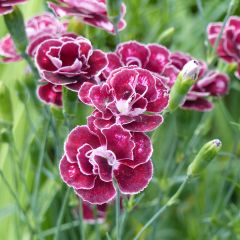
Dianthus allwoodii Romeo
- Flowering time June to October
- Height at maturity 40 cm

Dianthus carthusianorum
- Flowering time August, September
- Height at maturity 40 cm
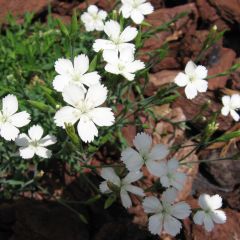
Dianthus deltoides Albiflorus
- Flowering time June to August
- Height at maturity 15 cm
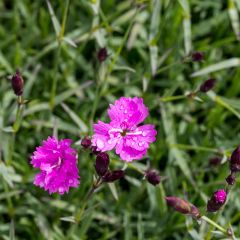
Dianthus gratianopolitanus Badenia
- Flowering time June to November
- Height at maturity 15 cm
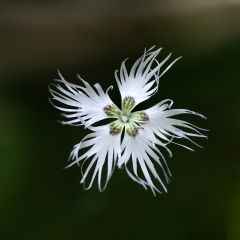
Dianthus arenarius
- Flowering time August to October
- Height at maturity 25 cm
Looking for a highly fragrant carnation? Check out our guide: “Carnations: Which Are the Most Fragrant?”
Discover other Dianthus - Pinks
Planting
When to Plant Dianthus?
The carnation can be planted in spring from March to April or in autumn from September to October, avoiding periods of frost and drought.
Where to Plant Dianthus?
Very easy to grow, it thrives almost everywhere in France and even adapts well to coastal areas. Highly hardy (beyond -15°C), it withstands frost and tolerates summer drought well. It requires a sunny or very lightly shaded and open position. While it prefers chalky soil, it tolerates all well-drained soils. It dislikes heavy clay soils that retain water, favouring instead permeable and stony soils, dry to fresh. In waterlogged or clay-heavy soil, it may become more vulnerable to rust or certain viruses that could prove fatal.
This versatile plant thrives in all kinds of bright and warm locations. Dianthus can be grown as a standalone plant but is best planted in groups at the edge or middle of a sunny flower bed, paired with small grasses or other vigorous perennials to add colourful accents: Bellflowers, Catmints, Speedwells, Dwarf Asters, Alyssums, Love-in-a-Mist, Moss Phlox, Yarrows, or even Rockroses. In the vegetable garden, it also has a place in the cutting flower section for bouquets. Low-growing varieties are perfect for raised beds, dry rockeries, well-drained slopes, or between the stones of a wall where they form undemanding flowering cushions. They also adapt very well to container growing on patios or balconies.
How to Plant?
Easy to grow once established, these hardy perennials are trouble-free. The secret? The soil should be light, moist in summer, and above all well-drained (excess water in summer or winter could be fatal).
- Soak the pots in water before planting
- Loosen the soil and work it well
- Dig a hole twice the size of the pot
- In heavy soil, add gravel to improve drainage
- Plant in a mix of compost and garden soil, ensuring not to bury the basal leaves. In damp regions, plant on a slight mound.
- Allow 6-7 pots per square metre
- Space plants 25 cm apart when planting
- Backfill with soil
- Firm gently
- Water lightly at first to encourage rooting
Growing Dianthus in Pots
- Place a layer of clay pebbles or gravel at the bottom of the pot to prevent waterlogging
- Plant in a well-draining mix of compost, garden soil, and gravel
- Position in full sun
- Avoid leaving water in saucers—Dianthus dislikes wet feet
- Apply a balanced fertiliser in spring
Read also
Drying carnationsCare and Maintenance
Highly resistant to diseases once well established, the carnation requires little care and proves to be a trouble-free perennial, provided the soil remains perfectly drained.
- Remove flowers as they fade to encourage the appearance of new blooms. Deadhead older plants more moderately.
- Florist’s carnations and mignardise carnations may require light staking to support flowering stems.
- Lightly trim the clump after summer flowering to encourage a second bloom in September for repeat-flowering varieties.
- A light tidy-up or trimming back some of the dried foliage with shears at ground level in late summer is enough to maintain a dense habit and ensure flowering the following season.
- Water during prolonged dry spells: it tolerates periods of intense heat very well.
- Take cuttings or layer to perpetuate the plant.
Propagation
Dividing clumps is a very delicate operation. We do not recommend it, especially as carnations are very easy to grow from seed or cuttings.
From Seed
This perennial is very easy to grow from seed. Seeds germinate in 1 to 3 months. Depending on the species, sowing takes place at different times of the year. Annual species are sown in February-March. Dwarf species are sown from October to March under a cold frame, while biennial and perennial species are sown directly in autumn or under cover in March-April.
- Sow in a tray on the surface of a light, moist compost
- Do not cover the seeds, as they need light to germinate
- Keep at a temperature between 15-20°C and in bright light
- Keep the substrate moist but not waterlogged; germination usually takes 7 to 30 days.
- Transplant seedlings into pots when they have two or three leaves
- Plant out in May, in open ground, once the root system is well-developed and the risk of frost has passed.
From Cuttings
Taking cuttings is an easy propagation method for all carnations. The success rate is very high.
- In summer, take a non-flowering stem a few centimetres below a node. Remove the lower leaves.
- Plant two-thirds of the stem in a pot filled with a light mix of garden soil, sand, and compost.
- Keep the cuttings moist and protect them from frost
- After about 2 months, repot the cuttings into individual pots
- Plant out the following spring, in April-May, once all risk of frost has passed.
Find out more in our advice sheets: “Propagating Carnations from Cuttings and Seeds”; and also read our tutorial: How to Take Carnation Cuttings?
Pairing
The carnation is a versatile plant that fits in everywhere. It brightens up flower beds, borders along sunny paths as well as English-style mixed borders. In the vegetable garden, it has its place in the cutting flower section. Its slender and airy silhouette helps lighten up perennial beds with heavier plants.
In flower beds, plant tall carnations in groups to create beautiful colourful displays with Catmints, Scabious, Coreopsis, dwarf Gaillardias, Spider Flowers or ornamental Tobacco. The silvery evergreen foliage of Dianthus blends naturally with the grey-green leaves of Spurges and Artemisias, and adds lightness next to summer-flowering plants with large blooms like Dahlias and Coneflowers.
Low-growing varieties are perfect for raised beds, dry rockeries, well-drained slopes, or between the stones of a low wall where they form undemanding flowering cushions. They adapt very well to growing in pots or troughs, in sunny spots on patios or balconies, paired with Moss Phlox, Avens or Yarrows, with Asters, Candytufts, Aubrietas or Rockroses. Choose a spot near a pathway, by an entrance for example, to fully enjoy the sweet fragrance of certain varieties.
For even more inspiration, check out our advice sheet: “Carnations – 6 Planting Ideas”
Useful resources
Discover:
- Our wide range of pinks: featuring the best varieties
- Our tutorial: Drying pinks
- Our guide: Growing pinks in pots and 6 pinks to grow in pots
- Our guide: How to plant pinks properly?
- Our guides: The 5 most beautiful pink pinks, The 5 most beautiful red pinks, The 5 most beautiful white pinks
- Our guide: 7 pinks for dry rockeries
- Our guide: Choosing a pink
- Our guide: 10 pinks to plant along borders
- Perfumers’ plants
- Also read our guide on The best long-lasting flowers and foliage for bouquets
- Subscribe!
- Contents
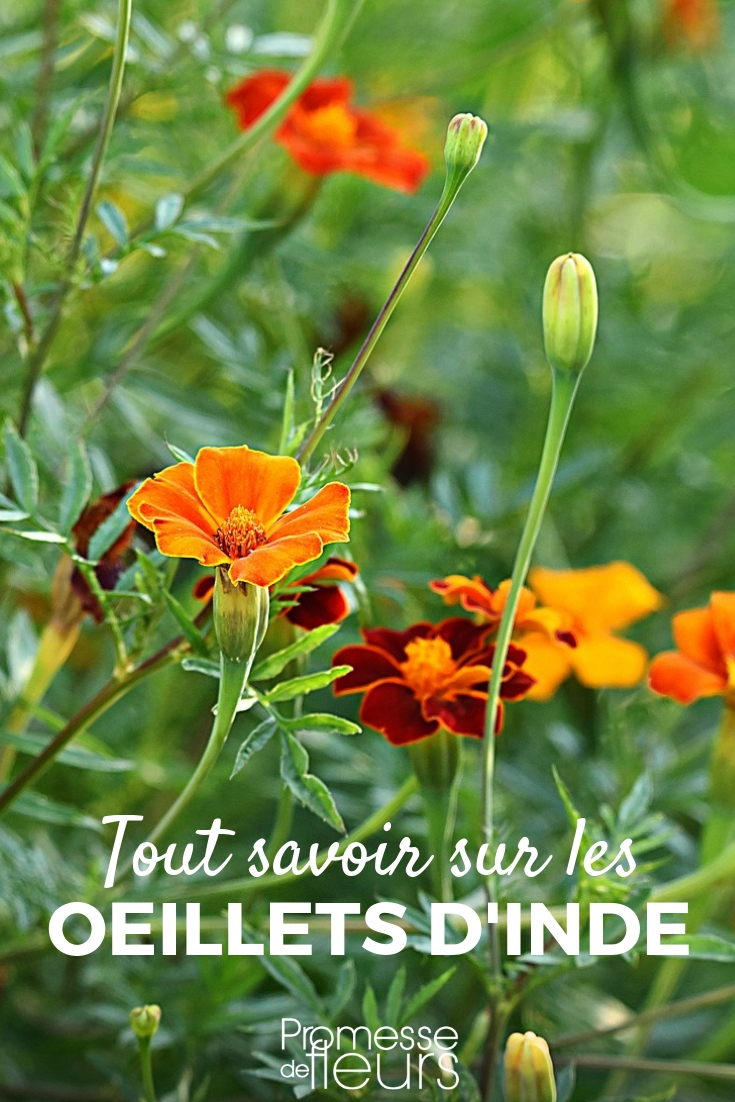




































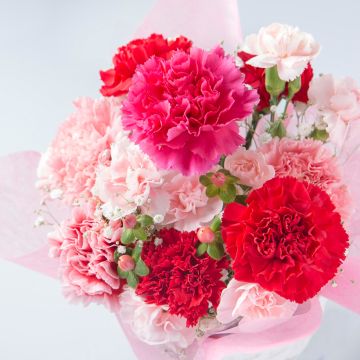
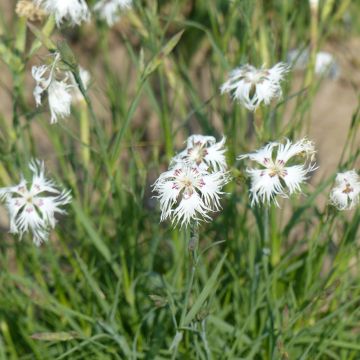
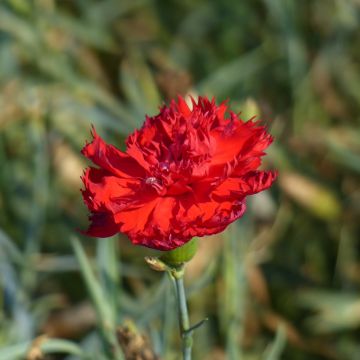
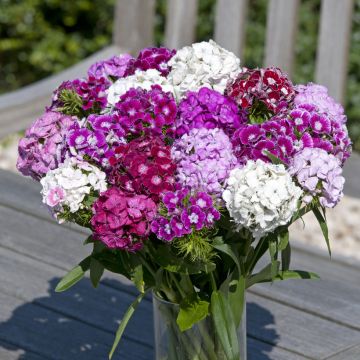
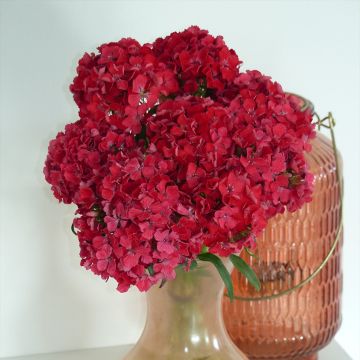
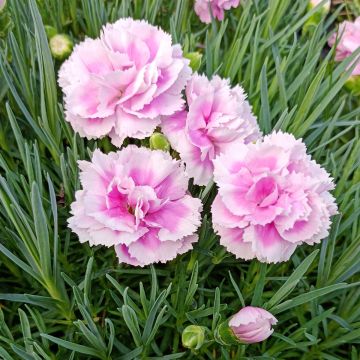
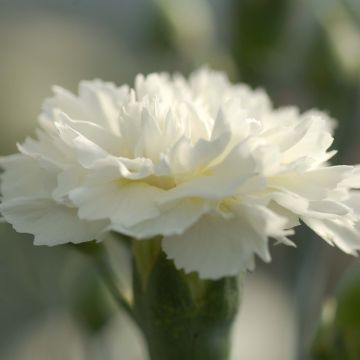
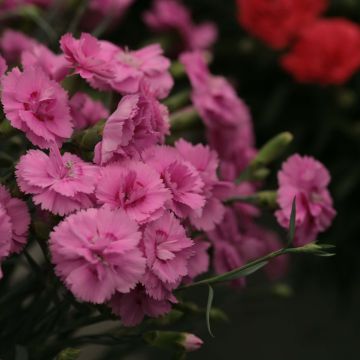
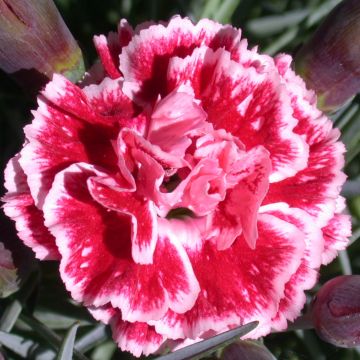






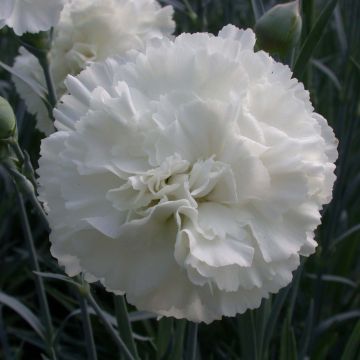
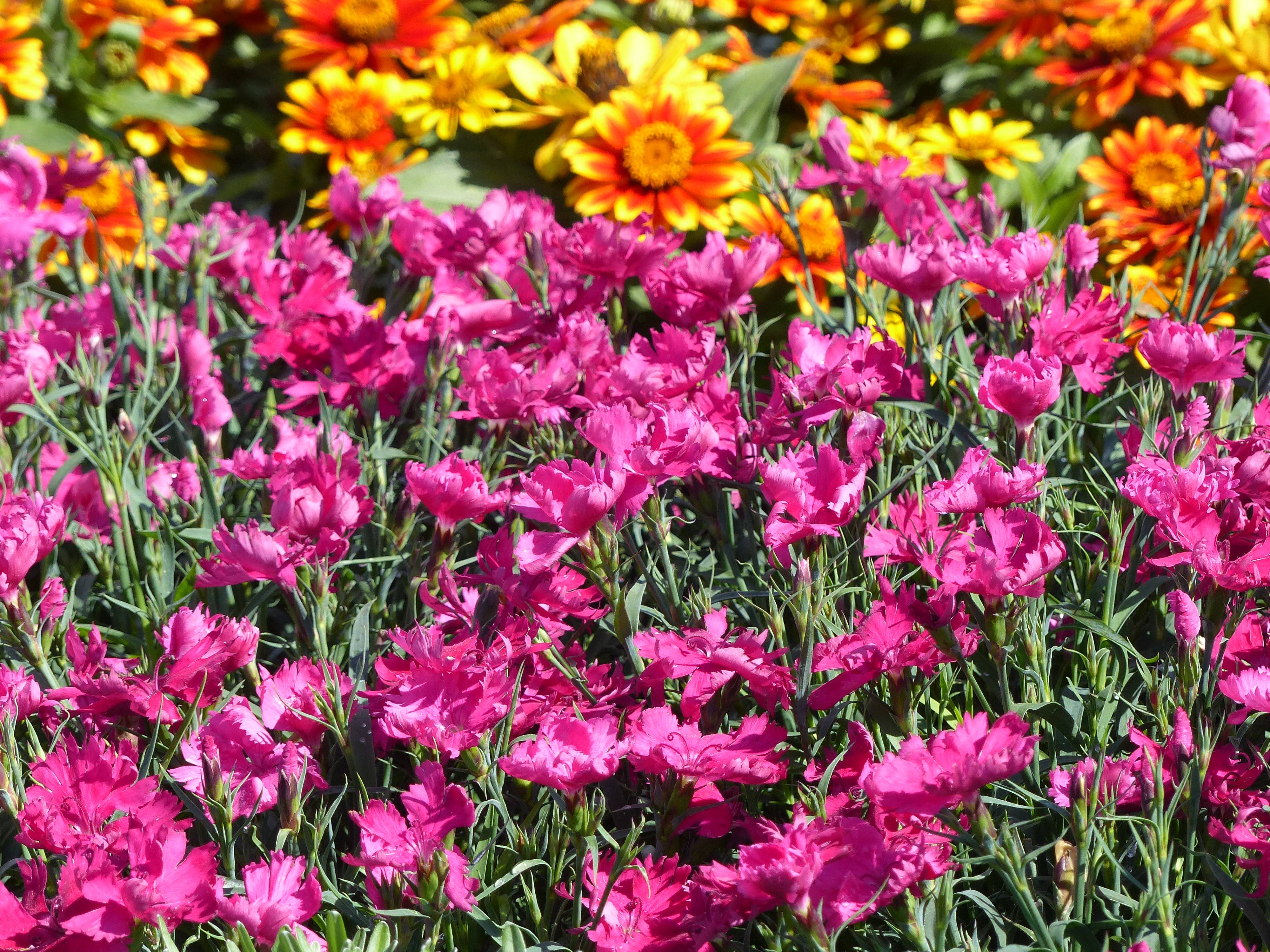
Comments